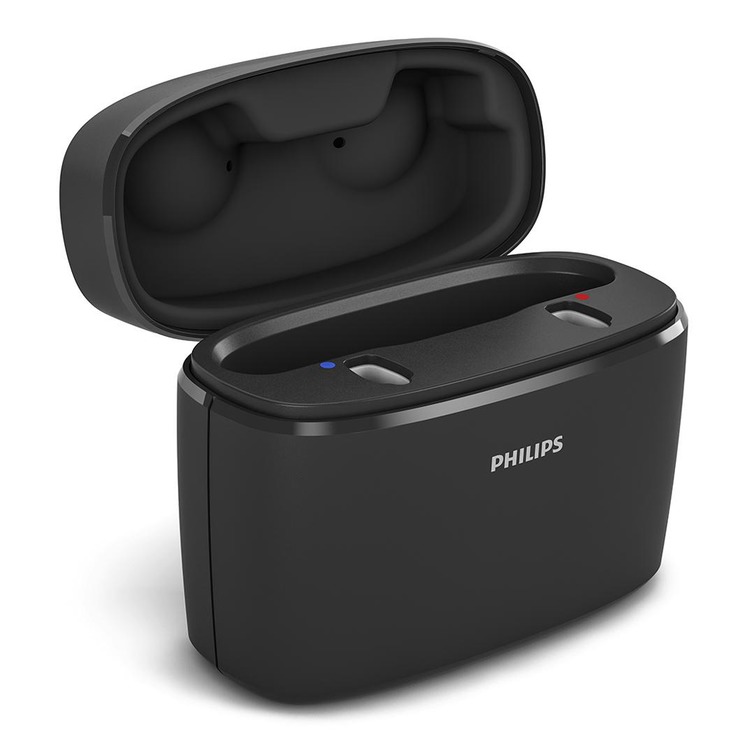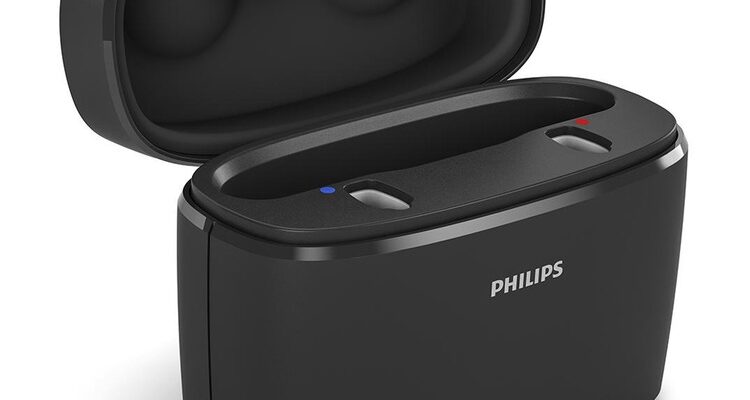
Shipping products with lithium batteries has become one of those challenges that sound deceptively simple until you’re knee-deep in regulations, fees, and delays. As frequent travelers, we’ve had our fair share of encounters with lithium batteries, whether tucked into our laptops, cameras, or the ever-reliable portable chargers that keep us connected on the go. But what I’ve learned along the way is that the world doesn’t treat these batteries casually. They may be small, but they are viewed almost as if each one carries the potential to start a wildfire at 35,000 feet. And in truth, under the wrong conditions, they can.
The irony is not lost on me. Almost every modern device that makes travel easier or more enjoyable is powered by lithium-ion technology. Smartphones, tablets, drones, e-bikes, hearing aids—these aren’t fringe products. They’re mainstream, and yet, trying to ship or even fly with them can feel like walking into a maze of contradictory rules. Airlines, couriers, and customs offices each have their own take on how these batteries should be handled, and the rules often overlap, leaving consumers confused and frustrated.
For example, if you want to ship a product like a laptop or a camera to a different country, suddenly you’re not just sending “a package.” You’re dealing with hazmat regulations. Lithium batteries are classified as hazardous materials by the International Air Transport Association (IATA), and couriers such as FedEx, UPS, and DHL adhere to strict guidelines for labeling, packaging, and documentation. Some won’t even touch a package if the batteries aren’t installed in the device. Others require special paperwork that the average individual has no idea how to complete.
We encountered this exact issue when we attempted to send Tom’s hearing aid charger. A simple concept, we thought. However, when our mailing service in Nevada carefully wrapped and labeled the charger as containing lithium batteries, they warned us that the package might be returned, as is the case 45% to 50% of the time. Their explanation was logical: these batteries can overheat, short-circuit, or even explode if damaged. But it was still baffling. If I could board a plane with one in my backpack, why couldn’t I send it across the world in a padded envelope?
The difference lies in control. Airlines and couriers have no way of ensuring what happens to a package once it enters the cargo system. It might be jostled, punctured, or stored improperly. Multiply that by thousands of shipments, and the risk compounds. For this reason, lithium batteries shipped separately are heavily restricted, while those inside a device are treated with slightly more leniency. Still, even then, weight limits apply. Anything over 100 watt-hours is flagged, and higher capacities, like those found in professional equipment, often require explicit airline approval.
The practical impact of all this is significant. Small businesses, trying to sell products internationally, face added expenses and complications. Hobbyists who build drones or e-bikes find themselves jumping through hoops to receive replacement parts. Even travelers like us, who in this case, need to mail an item such as the hearing aid charger, hit roadblocks. The end result? Many people either give up or look for workarounds, which sometimes means using unofficial channels that carry their own risks.
On a psychological level, it adds one more layer of stress to an already complex world of logistics. Shipping is rarely straightforward when you live on the move. When you add in the unpredictability of lithium-battery rules, it feels like yet another reminder of how fragile our modern conveniences are. These sleek, compact batteries make our lives infinitely easier, until we try to move them from one country to another.
Ultimately, the difficulty of shipping lithium batteries reflects the very thing that makes them so valuable. They pack an incredible amount of energy into a tiny space, and with that power comes responsibility. Regulators aren’t trying to make life difficult; they’re trying to prevent disasters. Still, for those of us who depend on these devices every day, the process can feel like overkill. As I’ve come to see it, traveling with technology is no longer just about keeping it charged — it’s about navigating a world that treats those little batteries with the seriousness of explosives.
When we were notified a few days ago that DHL immediately returned the package containing the hearing aid charger to the mailing service, we panicked. What can we do?
Immediately, we got to work and called Costco stores in Spain (the closest is a six-hour drive from here) to see if they’d ship the device locally. They wouldn’t. They required all hearing aid customers to come to the store for replacement parts. Nor would they confirm they had the device in stock, which presents another issue if they had to order it. We gave up on that idea.
(Of course, when the charger wasn’t working, the first thing we did was call the original Costco store where Tom purchased the hearing aid in 2024. They couldn’t do a thing other than provide us with a credit in their system for the cost of the device, since it was still under warranty. However, we ordered the charger from them to be sent to our mailing service, which is the item we’re trying to ship now. They would not send it to us internationally.)
Next, we called Philips customer service to see if they could send us the charger. No, they told us, we had to go to a Costco store since they are their certified distributor.
Carlos, the helpful young man we met the first day we arrived in Sant Marti, stopped by and called a few hearing aid stores in the area to no avail. None of them had the product in stock, nor did they carry the Philips brand, and they didn’t seem interested in ordering it.
At 6:00 pm last night, I called our mailing service in Nevada, Mailinkplus. I asked them to follow the online lithium battery guidelines directly from UPS to ensure the package could be delivered. Last night, I received a message from them, stating that they called UPS for instructions. UPS suggested they bring the package to them today, and they will secure and wrap it to ensure it won’t be rejected again. Then, it will be shipped directly from that location.
We’re keeping our fingers crossed that this works. I can’t imagine that they would reject it if they packed it. The package is expected to arrive next Tuesday, five days from now.
Why is this charger so important, especially right now? Tom can’t hear without it. Cruising wouldn’t be enjoyable for him, when it’s always about socialization for us, if he couldn’t communicate with other passengers, attend shows, embark on tours, and participate in different venues.
We’ll be holding our breath for the next five days while we await the delivery, hoping that Spanish Customs doesn’t delay it further. Oh dear.
Be well.
Photo from ten years ago today, October 2, 2015:


























